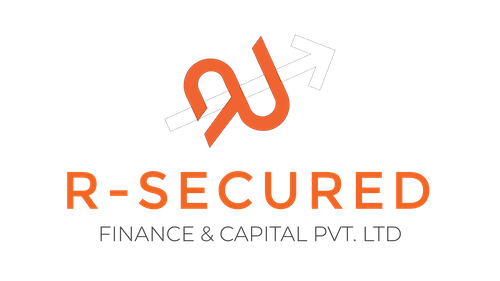Frequently Asked Questions
R Secured Finance is here to help. Learn more about popular subjects and gain access to helpful resources that will guide you with all your plans. In case you do not find what you are looking for in this page, please do not hesitate to contact us via mail or telephone.
-
How much is the TDS on Interest ?
TDS on Interest is 10% on the interest amount only, under section 194A. TDS is not applicable on the Principal. The borrower shall deposit an amount equivalent to the TDS with the government treasury and provide HDBFS the TDS certificate in Form No. 16A downloaded from the TRACES website on a quarterly basis. The TDS amount should be reflected in Form 26 AS Statement
-
What is a NCD ?
Non convertible debuntures are a type of securities that offer coupon payments, i.e. monthly payments, the inteerest rates can be between 15-18%, depending on the tenure & the entity
-
What is an ICD ?
Inter Corporate Deposits are a great tool get high returns & park funds. ICDs can be both short term & long term. Interest rates may vary between 12-18%
-
What is a NBFC ?
Non banking financial companies, heavlily regulated by RBI, the whole purpose is to reach the last Milestone, understand different needs, Following all policies & regulations of RBI
-
Can RSecured issue Cheque books ?
RSecured is a NBFC-ND, hence we cannot issue Cheque books. However we can issue NCDs & ICDs, & soon Commercial papers. Contact us for further information.
-
What is microfinance?
Microfinance refers to the provider of basic financial services such as loans, insurances and saving accounts to the low-income people. The term refers to the small amount. Its aims to boost the financial services access for low income groups, microentrepreneurs to promote self-sufficiency.
-
What is a microfinance institution (MFI)?
Microfinance institutions (MFI) are financial companies that provide small loans to people that don't have any access to banking facilities. The definition of “small loans” varies between countries. In India, all loans that are below Rs.1 lakh are often considered as microloans.
-
How did microfinance as an industry evolve?
Microcredit can actually be traced back to the first 1800s when Jonathon Swift tried to empower families in poverty through Irish Loan Fund. While the idea was there, the system was flawed and its goal of monetary independence for the agricultural population wasn’t achieved. In the 1980s, Muhammad Yunus provided a little amount of his own money to a community in Bangladesh. He was astonished at how his money was ready to rebuild the community. Later he founded the Grameen (Village) Bank, which created an enormous microcredit industry in Bangladesh. In India, many formal financial institutional structures were experimented with a Regional Rural Banks (RRBs), District Central Credit Cooperative Banks (DCCBs), and Local Area Banks (LABs), Self-Help Group (SHG). Of these received mixed success and parallelly, the civil society organizations started feeling the necessity to supply financial services to the poor. Credit was getting increasingly recognized as an important tool to interrupt the vicious circle of poverty. Gradually, Microfinance Institutions emerged in the 1990s and 2000s. MFI today differ in size and reach; some serve a couple of thousand clients in their immediate geographic area, while others serve many thousands, even millions, during a large countryside, through numerous branches.
